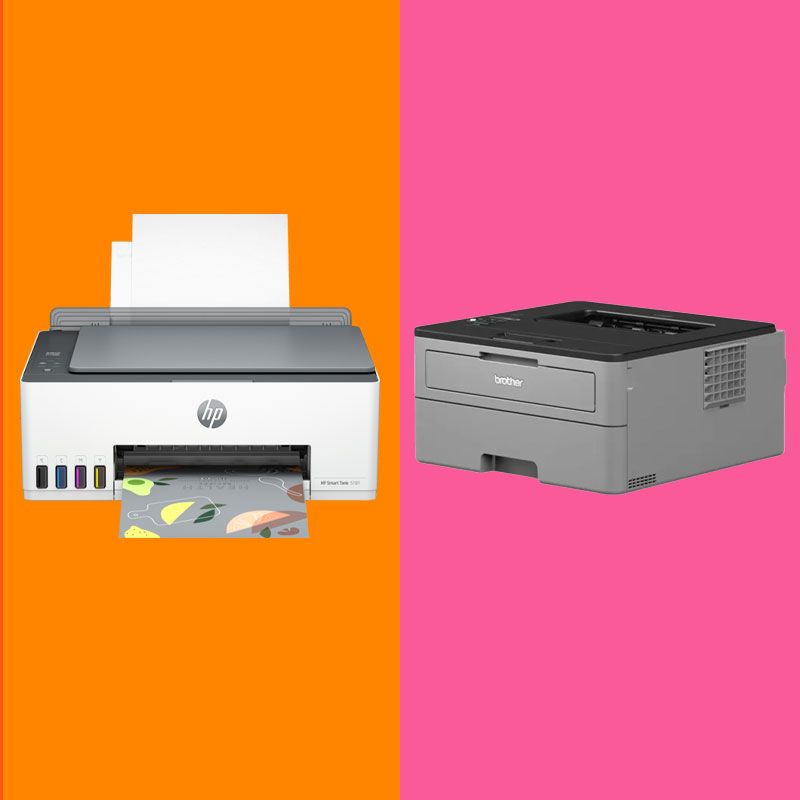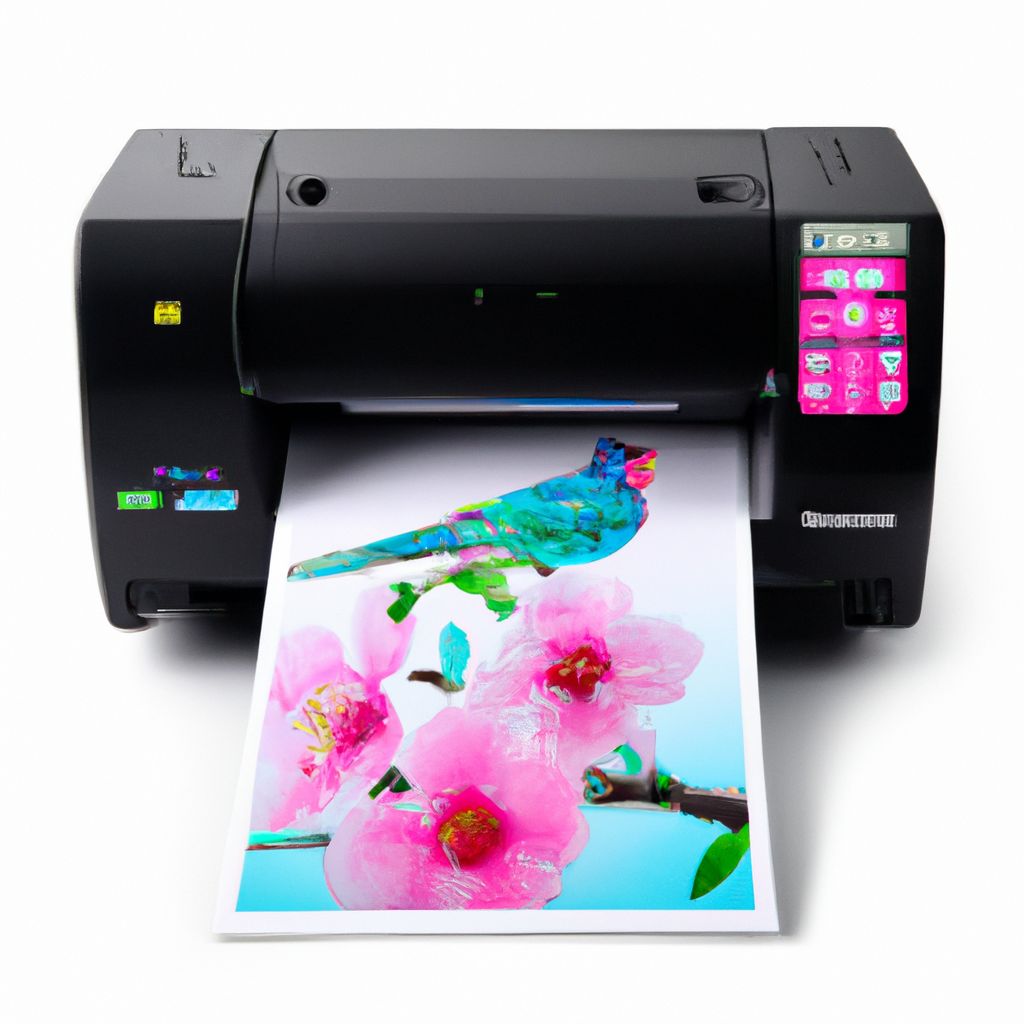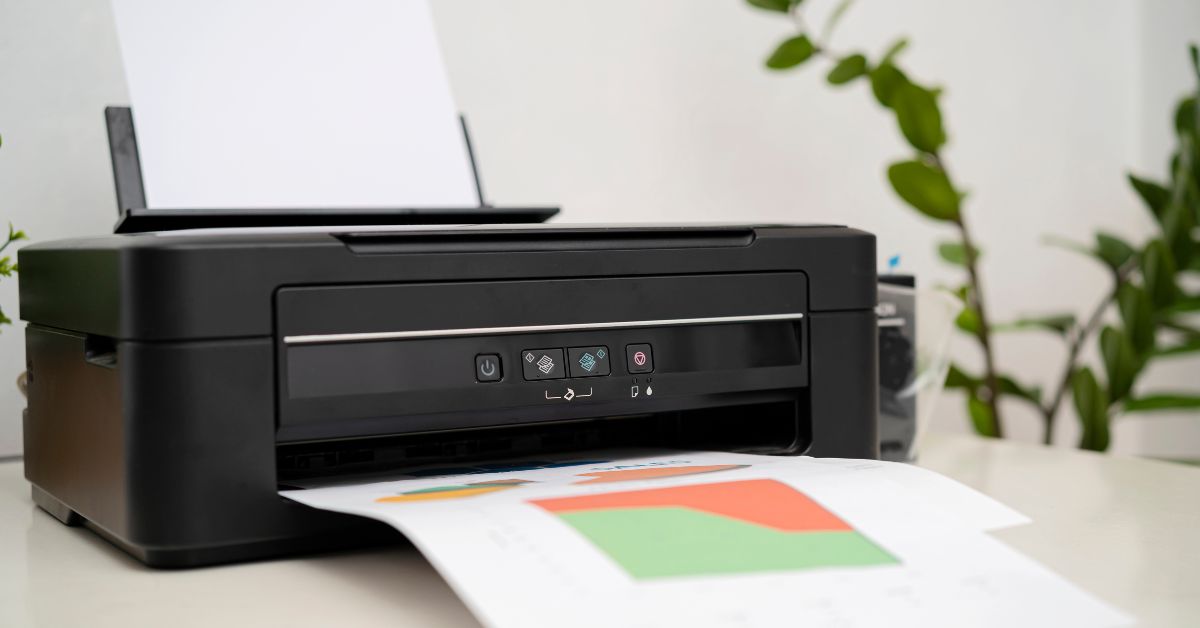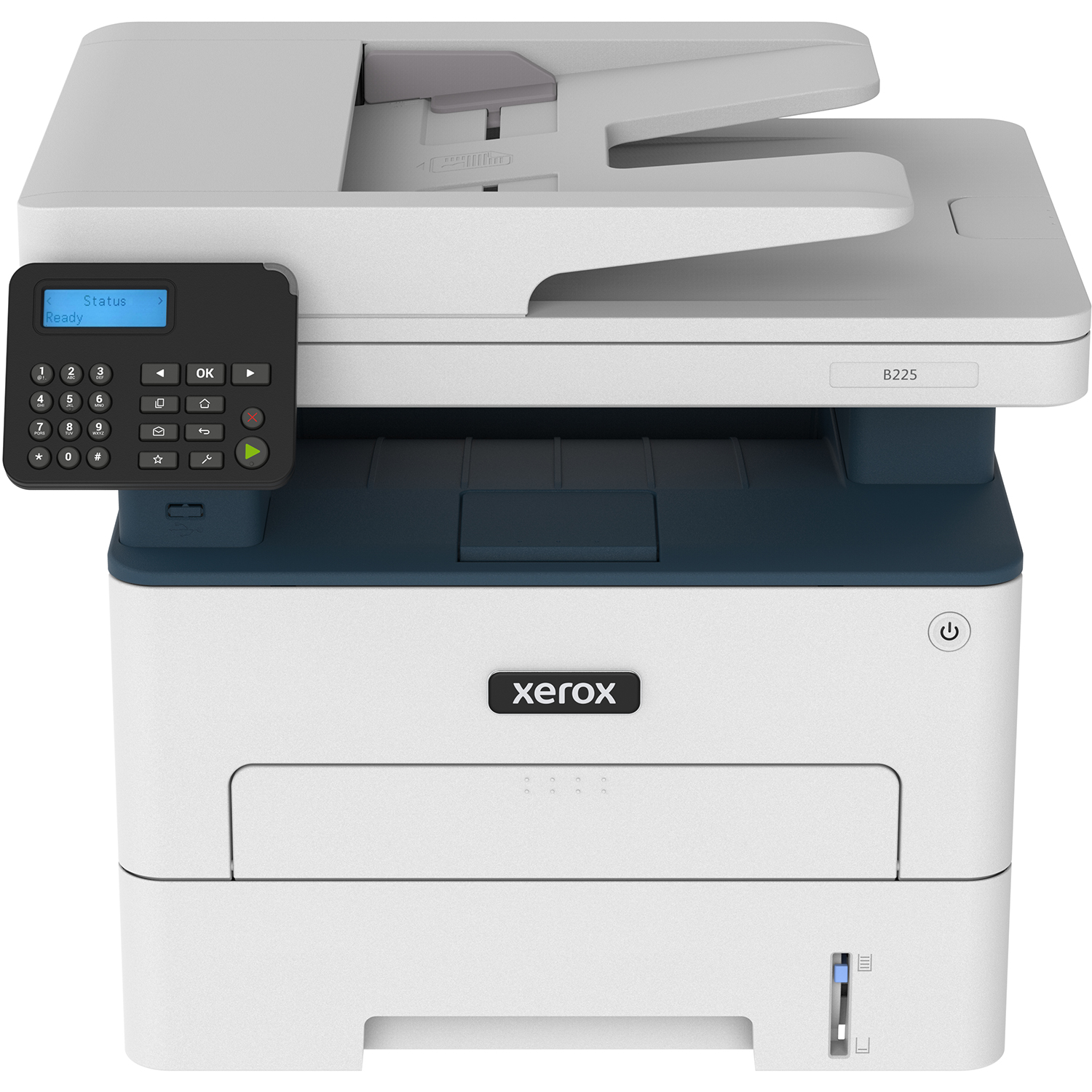Printer types are essential devices that produce hard copies of digital documents and images. With advancements in technology, there is a wide range of printer types available, each designed for specific purposes. In this comprehensive guide, we will explore different printer types, including inkjet, laser, thermal, 3D, and dot matrix printers. We will discuss their features, functionalities, and ideal applications. By understanding the variety of printer types, you can make informed decisions when selecting the most suitable printer for your needs.
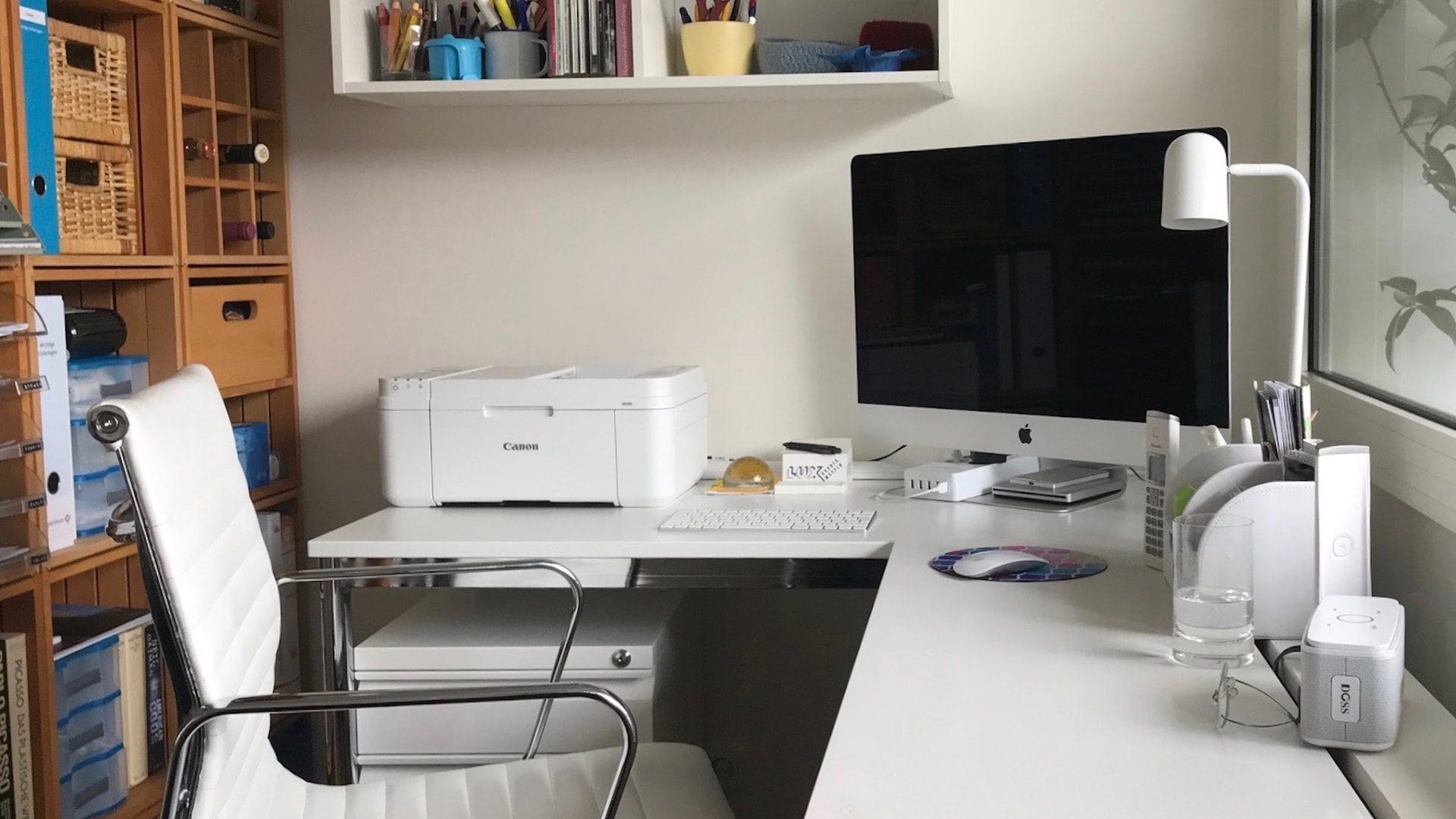
Inkjet Printers: Versatile and Cost-Effective
Inkjet printers use liquid ink sprayed through microscopic nozzles onto the printing surface, offering versatility and affordability:
- Color Inkjet Printers: Color inkjet printers produce high-quality color prints, making them suitable for photo printing and graphic design projects.
- Office Inkjet Printers: Office inkjet printers are designed for high-volume document printing, offering fast print speeds and connectivity options for multiple users.
- All-in-One Inkjet Printers: All-in-one inkjet mini printer combine printing, scanning, faxing, and copying functionalities, providing a comprehensive solution for home or small office use.
Laser Printers: Fast and Precise Printing
Laser printers use a laser beam and toner cartridges to create detailed prints with exceptional speed and accuracy:
- Monochrome Laser Printers: Monochrome laser printers produce black-and-white prints quickly and efficiently, making them suitable for text-heavy documents and offices.
- Color Laser Printers: Color laser printers offer the ability to print high-quality color documents and images at faster speeds compared to inkjet printers, making them ideal for business presentations and marketing materials.
- Multifunction Laser Printers: Multifunction laser printers combine printing, scanning, faxing, and copying capabilities, offering versatility and space-saving advantages for businesses and home offices.
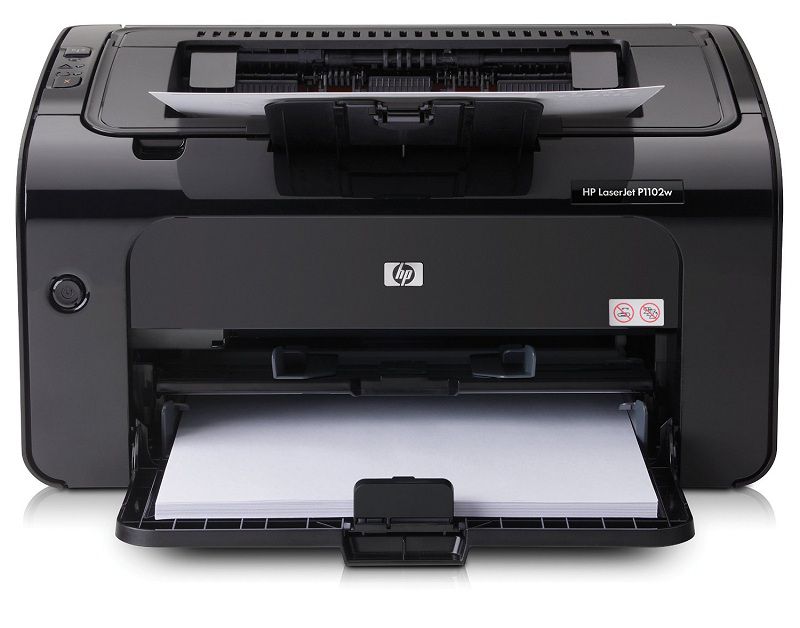
Thermal Printers: Speedy and Reliable
Thermal printers use heat to create images on heat-sensitive paper, providing fast and durable prints:
- Direct Thermal Printers: Direct thermal printers use heat to create images directly on the thermal paper, making them suitable for applications such as labeling and receipts.
- Thermal Transfer Printers: Thermal transfer inkjet printer use heat to transfer ink from a ribbon onto the printing surface, offering higher print quality and longer-lasting prints. They are commonly used in industries such as manufacturing, logistics, and healthcare.
3D Printers: Creating Three-Dimensional Objects
3D printers build physical objects layer by layer using various materials, enabling the creation of intricate and complex designs:
- Fused Deposition Modeling (FDM) Printers: FDM printers extrude melted filament to build objects layer by layer, making them suitable for prototyping, product development, and low-cost manufacturing.
- Stereolithography Apparatus (SLA) Printers: SLA printers use UV light to solidify liquid resin, enabling the creation of highly detailed and precise objects. They are commonly used in industries such as jewelry, dentistry, and engineering.
- Selective Laser Sintering (SLS) Printers: SLS printers use lasers to fuse powdered material, such as nylon or metal, to create strong and durable objects. They are suitable for producing functional prototypes and end-use parts in various industries.
Dot Matrix Printers: Reliable and Impact Printing
Dot matrix printers use a matrix of pins and ink ribbon to create images or text through impact printing:
- Impact Dot Matrix Printers: Impact dot matrix printers use a print head with multiple pins to strike an ink ribbon against the printing surface, making them suitable for printing multipart forms, invoices, and shipping labels.
- Serial Dot Matrix Printers: Serial dot matrix printers use a single needle-like pin to create images or text on paper, offering simplicity and reliability for basic printing needs.
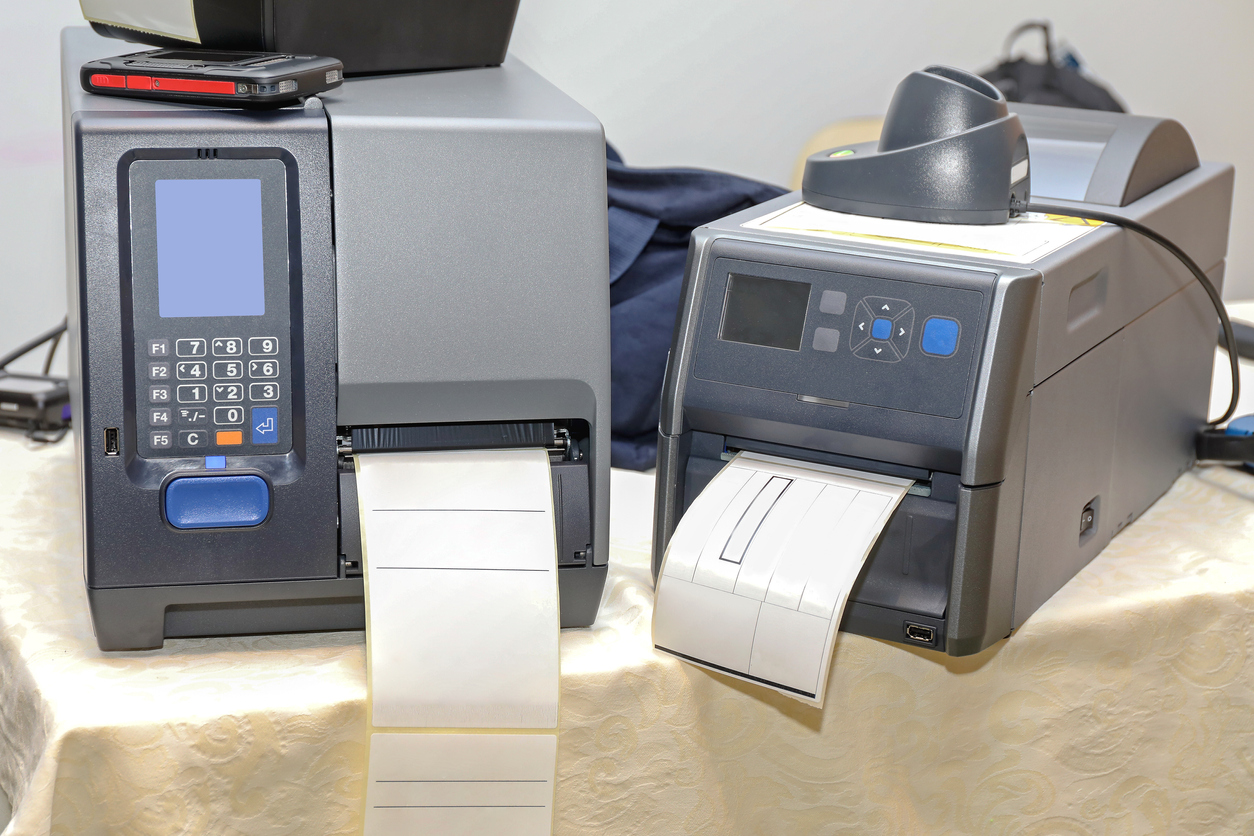
How to use printer
Printer types offer various functionalities and capabilities to meet different printing needs. Understanding how to use these printers effectively is essential for optimal results.
Efficient and Versatile Printing
- Paper Loading: Open the paper tray or input tray of the printer and adjust the guides to accommodate the size of the paper you intend to use. Insert the paper, aligning it with the guides, and ensure it is snugly placed.
- Print Settings: Open the document or image you want to print on your computer. Select the printer from the print menu, and access the print settings. Adjust options such as paper size, orientation, quality, and color preferences according to your requirements.
- Print Preview: Before printing, it’s beneficial to preview the document to ensure it appears as desired. This allows for any necessary adjustments or corrections before committing to a print.
- Final Print: Once satisfied with the settings and preview, click the “Print” button on your computer. The printer will begin processing the print job, and the hard copy will be ejected once completed.
Laser Printers: Quick and Precise Printing
- Paper Loading: Open the paper tray of the printer and adjust the guides to fit the size of the paper you are using. Place the paper stack, making sure it is aligned with the guides and stacked evenly.
- Print Settings: Open the document or image on your computer that you wish to print. From the print menu, select the appropriate laser printer, and access the print settings. Adjust options like paper size, orientation, resolution, and quality to match your preferences.
- Print Preview: To ensure the document or image appears as desired, take advantage of the print preview feature available on most software applications. Check for any potential formatting or alignment issues and make the necessary adjustments.
- Final Print: Once satisfied with the settings and preview, click the “Print” button on your computer. The laser printer will process the print job, and the finished print will be ready for collection.
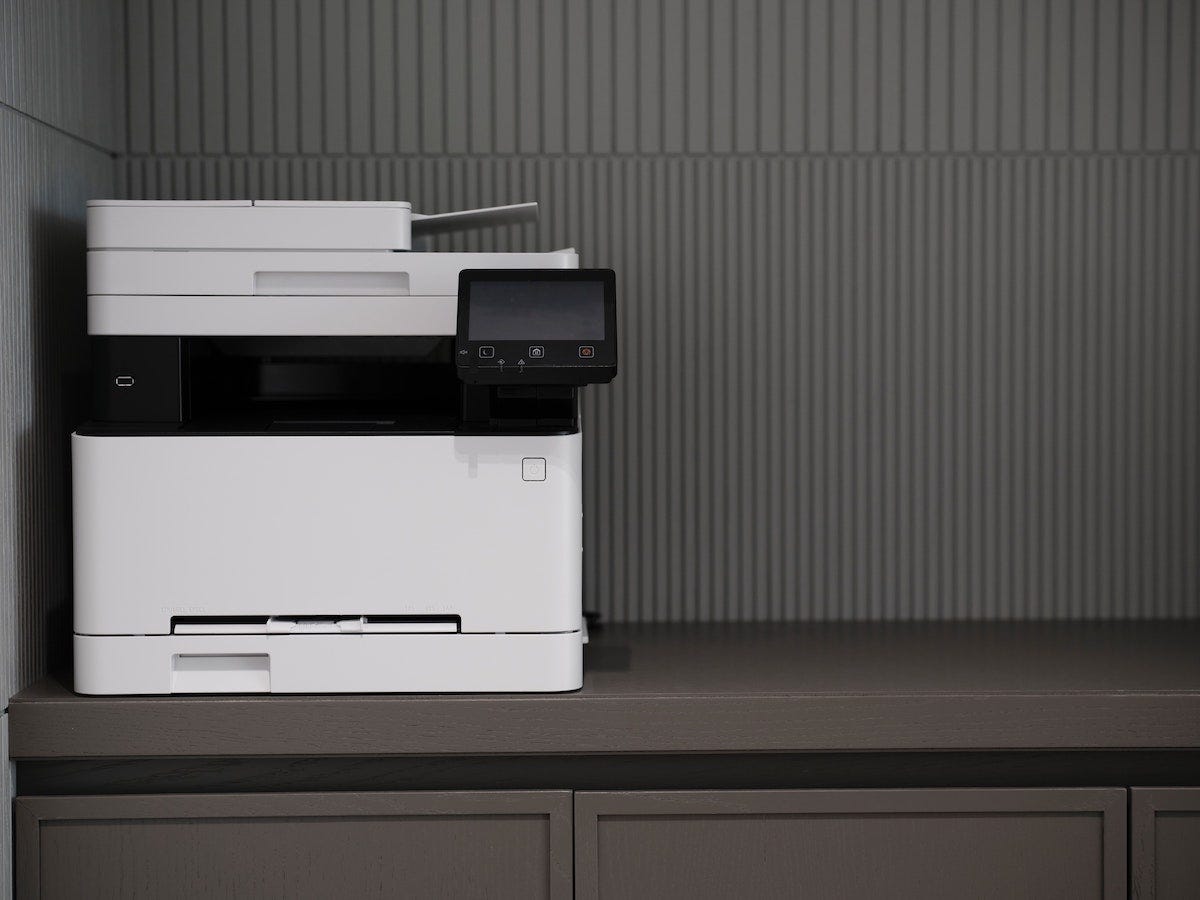
Thermal Printers: Fast and Reliable Printing
- Paper Loading: Open the printer paper compartment of the thermal printer and ensure the paper roll is placed properly. Feed the paper through the designated path to ensure correct alignment and smooth operation.
- Print Settings: Depending on the specific thermal printer model you are using, adjust settings such as paper type, darkness, and print speed to suit your requirements. Referring to the user manual can provide additional guidance for optimal settings.
- Print Preview: Thermal printers typically do not have a print preview option. Therefore, ensuring the accuracy and appearance of the content to be printed relies mainly on the document or image viewers or software being used.
- Final Print: Once the print settings and preview have been verified, initiate the print command from the software or device connected to the thermal printer. The printer will process the data and produce the printout instantly.
Conclusion:
Printers come in a variety of types to accommodate different printing needs and requirements. From versatile inkjet printers to fast laser printers, precise thermal printers, innovative 3D printers, and reliable dot matrix printers, each type offers unique features and benefits. By understanding the functions and applications of various printer types, you can make informed decisions when selecting the most suitable printer for your personal or business needs.
